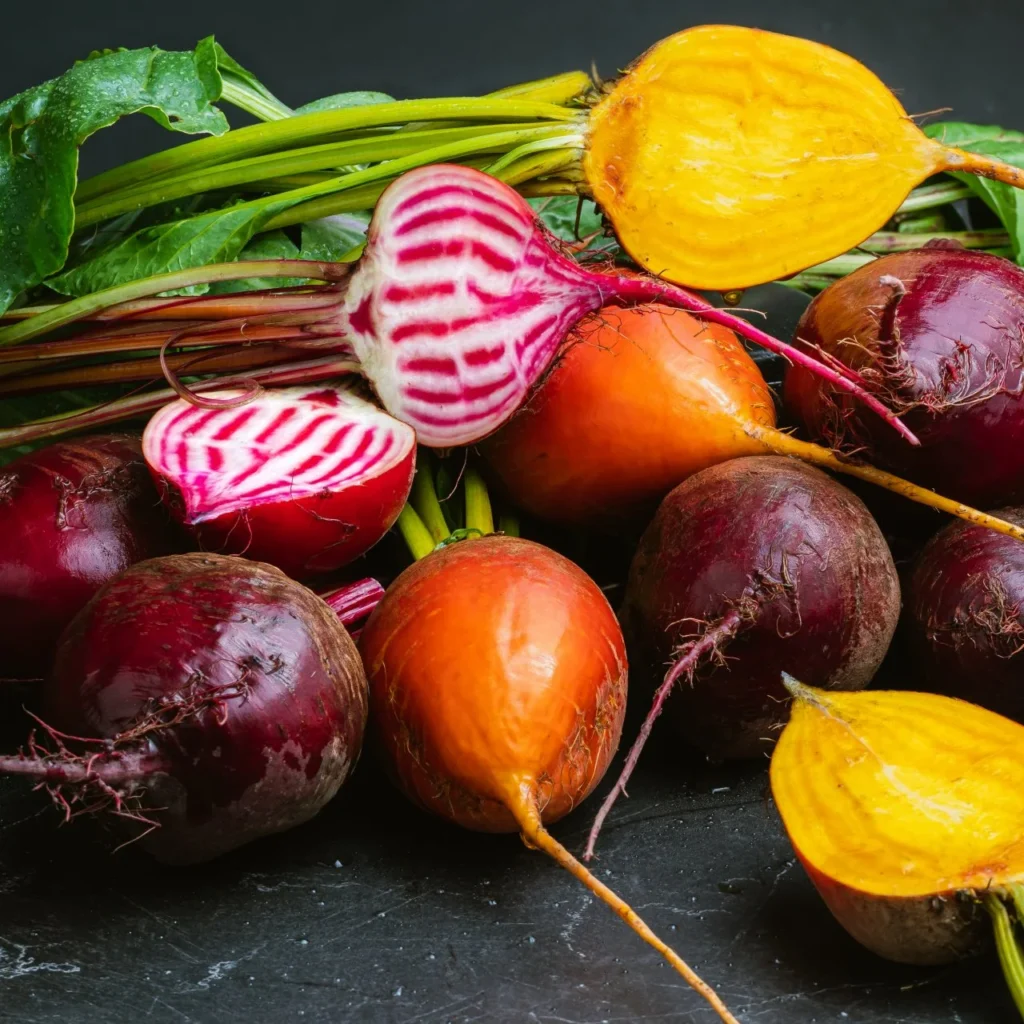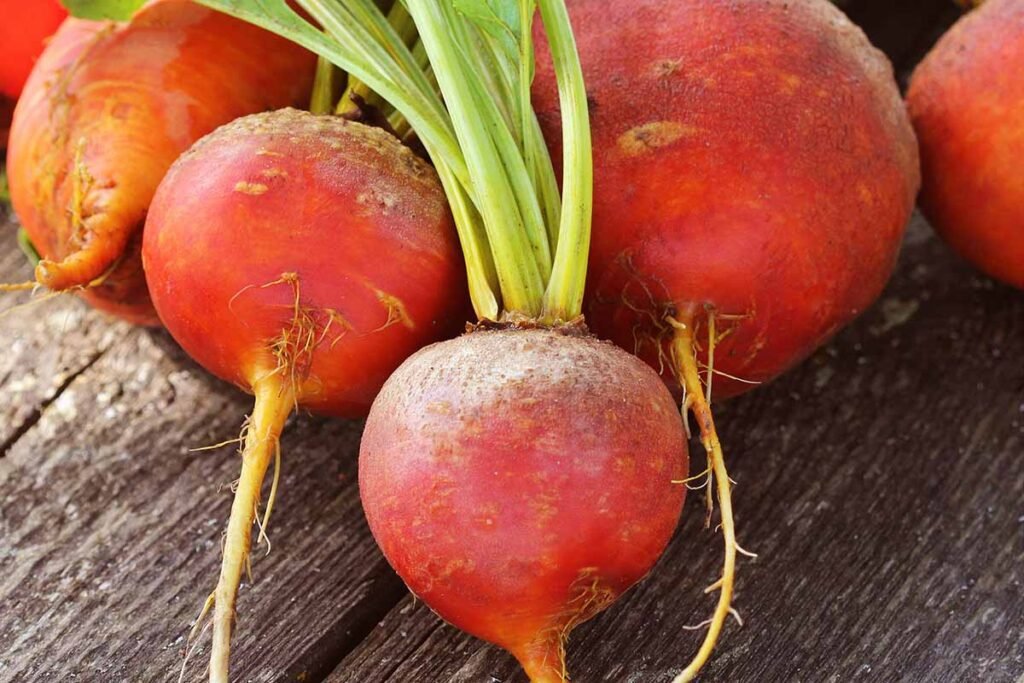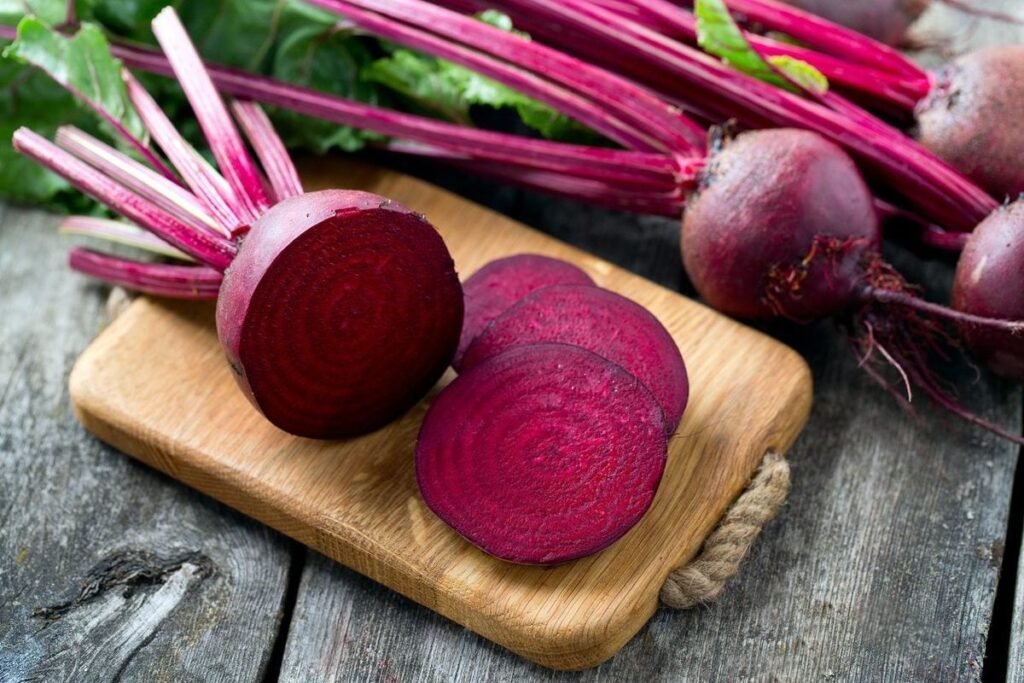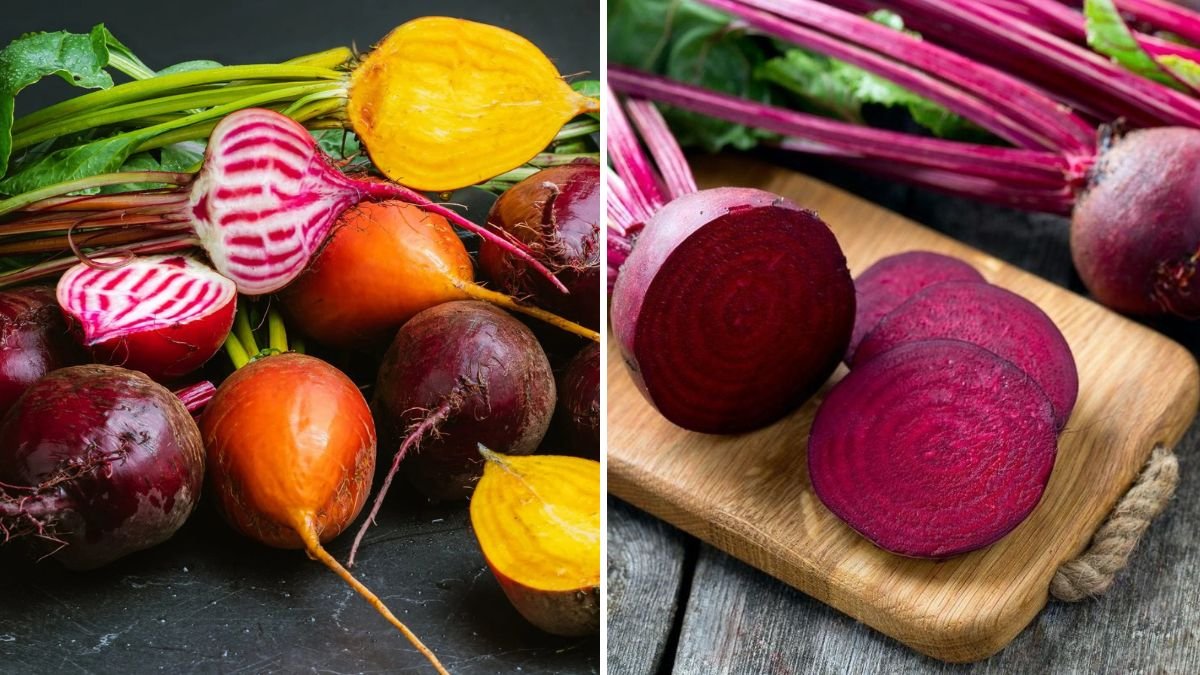Beets are a versatile, nutrient-rich root vegetable that has become a favorite in home gardens and gourmet kitchens alike. Known for their vibrant colors, sweet flavor, and health benefits, beets can be enjoyed roasted, boiled, pickled, or even raw in salads. While growing beets is relatively straightforward, harvesting them at the right time is crucial to achieving optimal flavor, texture, and size. Harvest too early, and you risk tiny, underdeveloped roots; harvest too late, and the roots may become tough, woody, and less sweet. Understanding the signs of maturity and the ideal conditions for harvesting ensures that gardeners enjoy the sweetest, most tender beets from their backyard plots.
Understanding Beet Growth and Flavor Development

Beets are biennial plants, meaning they complete their life cycle over two years, but they are typically grown as annuals for their roots. The sweet flavor of beets develops primarily due to sugar accumulation in the roots. Several factors influence this:
- Root Size: Smaller roots (1–3 inches in diameter) tend to be more tender and sweet, while oversized roots may become fibrous and less flavorful.
- Temperature: Beets develop their sugars best under moderate temperatures (50–75°F / 10–24°C). Excessive heat can cause bolting, bitterness, or rough texture.
- Soil Moisture: Even and consistent watering encourages sugar accumulation and prevents splitting.
- Time Since Planting: Most beet varieties reach maturity in 50–70 days from sowing, depending on the variety and growing conditions.
By understanding these factors, gardeners can plan the harvest for the peak sweetness.
When to Start Checking for Harvest Readiness

Beets are generally ready to harvest when roots reach 1.5–3 inches in diameter. Waiting for the root to fully mature can result in overgrown, woody vegetables. Key indicators that beets are approaching peak flavor include:
- Visible Root Swelling: The root often begins to push above the soil surface, indicating it has developed sufficiently.
- Leaf Size: Healthy, dark green leaves suggest that the plant is photosynthesizing efficiently and storing sugars in the root.
- Days to Maturity: Check the seed packet or variety description for estimated days to maturity, and begin monitoring the roots a week or two before the expected date.
Frequent observation allows gardeners to harvest beets at the optimal size for sweetness and tenderness.
Early vs. Late Harvest: Flavor and Texture Differences

The timing of harvest affects both the flavor and texture of beets:
- Early Harvest (Baby Beets):
- Roots typically 1–2 inches in diameter.
- Very tender with a mild, sweet flavor.
- Leaves can also be harvested as baby greens for salads or sautéing.
- Ideal for fresh eating or pickling.
- Standard Harvest (Medium Beets):
- Roots around 2–3 inches in diameter.
- Balanced sweetness and firmness.
- Suitable for cooking, roasting, and storage.
- Late Harvest (Large Beets):
- Roots larger than 3 inches may develop a woody texture.
- Sugar content can decrease while fibers increase.
- Best for juicing or processing, but not ideal for fresh salads.
Gardeners often prioritize flavor over size, selecting medium-sized roots for maximum sweetness.
Techniques for Harvesting Beets
Proper harvesting technique ensures the roots remain intact and flavorful:
- Loosen the Soil: Use a garden fork or trowel to gently loosen the soil around the roots. Avoid stabbing the root directly, which can cause bruising.
- Grasp and Pull: Hold the beet near the base of the leaves and gently pull upward. Baby beets may require minimal effort, while larger roots may need soil loosening first.
- Trim the Tops: Cut the leaves 1–2 inches above the root immediately after harvesting. This prevents moisture loss and slows sugar depletion. The greens can be used immediately in cooking.
- Rinse Carefully: Gently wash the roots to remove soil. Avoid scrubbing too hard, as this can damage the skin and reduce shelf life.
Harvesting with care preserves the texture, color, and sweetness of the beet.
Storage for Maximum Sweetness

After harvesting, proper storage maintains beet quality and flavor:
- Short-Term Storage: Keep beets in a cool, dark place at 32–40°F (0–4°C) with high humidity (90–95%). They can last up to 2–3 weeks in a refrigerator crisper.
- Long-Term Storage: For winter storage, remove the greens, leaving 1–2 inches of stem. Store in a cool, moist root cellar or sand-packed box to prevent dehydration.
- Avoid Freezing Raw: Raw beets should not be frozen, as the texture degrades. Cooked beets can be frozen after blanching.
Maintaining the right storage conditions ensures that the beets retain their sweetness and firmness for weeks after harvest.
Enhancing Beet Flavor Before Harvest
Gardeners can take steps to boost beet sweetness before picking:
- Consistent Watering: Avoid drought stress, which can make roots tough and reduce sugar content. Maintain even soil moisture.
- Mulching: Use straw or leaf mulch to moderate soil temperature, retain moisture, and prevent splitting.
- Avoid Excess Nitrogen: Over-fertilizing with nitrogen late in the season encourages leafy growth rather than sugar accumulation in roots. Use phosphorus and potassium-rich fertilizers if needed.
- Stress Mildly: Mild cool stress (temperatures just above freezing) can increase sugar concentration, enhancing sweetness without harming the root.
By fine-tuning growing conditions, gardeners can naturally enhance the flavor of their harvest.
Companion Practices for Sweet Beets
Integrating other garden practices can further improve beet quality:
- Succession Planting: Planting beets in staggered intervals ensures a continuous supply of tender roots throughout the season.
- Soil Health: Rotate crops to avoid disease and nutrient depletion. Adding organic matter improves soil texture and nutrient retention.
- Pest Management: Protect beets from leaf-eating insects like flea beetles, which can stress plants and reduce root sweetness. Use row covers or organic insect controls.
- Sun Exposure: Beets need full sun (at least 6 hours per day) to maximize photosynthesis and sugar accumulation in the roots.
Combining these practices with careful harvesting timing results in consistently sweet, high-quality beets.
Signs of Overmature or Poor-Quality Beets

Recognizing roots that have passed their peak ensures gardeners don’t harvest suboptimal vegetables:
- Cracked or Split Roots: Often caused by irregular watering or excessive size.
- Woody Texture: Roots become tough, stringy, and less pleasant to eat.
- Reduced Sweetness: Overmature beets can lose sugar concentration, especially if exposed to heat or stress.
- Bolting: Flower stalks indicate the plant is redirecting energy from root development to reproduction, often reducing root flavor.
Harvesting before these signs appear preserves the best taste and texture.
Conclusion: Timing is the Key to Sweet Beets
The secret to perfect beets lies not only in growing them well but in knowing when to harvest. By observing root size, leaf health, and days to maturity, gardeners can select the ideal moment to pull tender, flavorful roots from the soil. Coupled with careful harvesting techniques, proper trimming, and optimal storage, beets can deliver sweet, vibrant, and nutritious results that elevate salads, side dishes, and beverages.
Fall-grown beets, in particular, benefit from cooler temperatures, slower growth, and enhanced sugar accumulation, making timing even more critical. Whether harvesting baby beets for delicate salads or mature roots for storage and cooking, understanding when and how to harvest ensures the sweetest possible flavor and maximum enjoyment from every homegrown beet.
